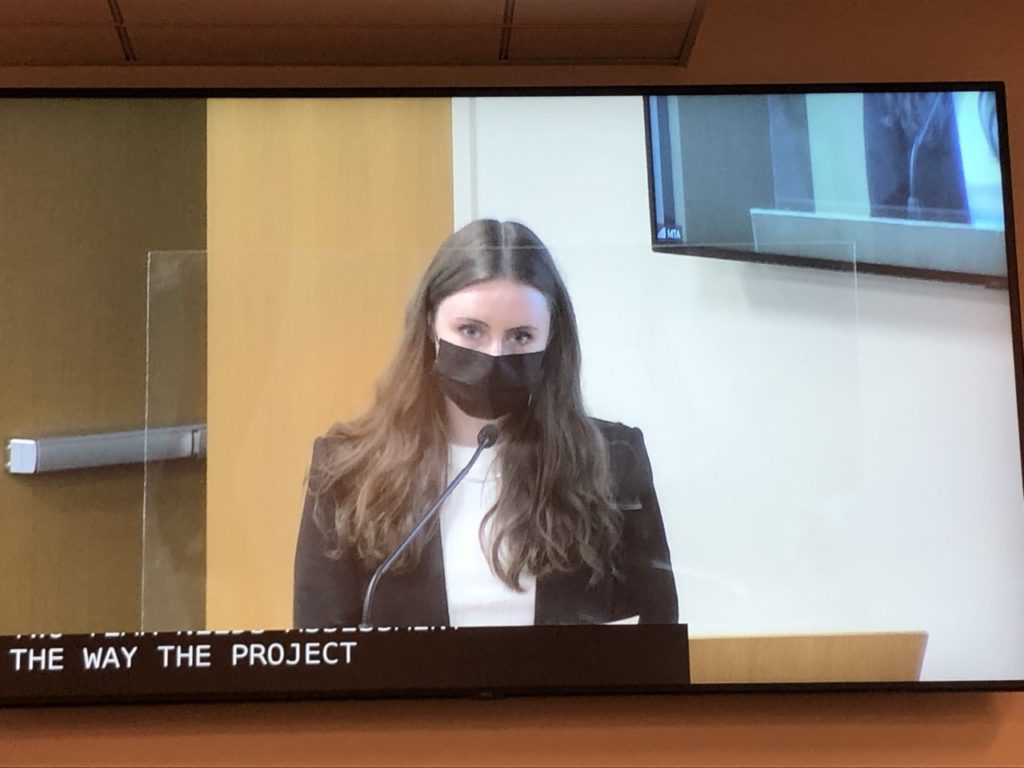Good afternoon! I’m Kara Gurl, Research and Communications Associate at the Permanent Citizens Advisory Committee to the MTA (PCAC). Between a geyser at 28th Street, torrential downpours at Jefferson Street, and apocalyptic flooding around the system, riders didn’t need a report from the Comptroller to know that the MTA has a long way to go on resiliency.
But the Comptroller’s report on the Capital Program reaffirmed what we all already know: critical investments are needed to keep our transit system in a state of good repair, and to ensure safe, reliable and accessible trips now, and into the future.
It’s promising that MTA leadership has acknowledged the importance of protecting the transit system in the face of climate change and extreme weather, but riders urgently need targeted funding for resiliency capital improvements – not just in the next capital program, but also in the short-term before the next Ida or Sandy strikes. A resiliency assessment should be undertaken now – in the context of the regional ecosystem and environment – to determine the best use of scarce resources across interconnecting agencies.
We understand that the MTA took issue with the way the Comptroller’s report looked at the Twenty-year Needs Assessment and the way project completions are categorized, but regular riders and many other stakeholders don’t know the difference, that’s why plain-speak is so important. It’s hard to tell if Sandy repair and resiliency improvement projects were completed and what hasn’t been started yet. A better and more transparent Capital Program Dashboard is crucial to making sure that riders, advocates, and all stakeholders can hold the MTA accountable. We should be able to easily see what projects are being funded; their costs and timelines; progress updates along the way; and most importantly, how they’ll benefit riders.
And while the means for evaluating capital program progress may be outdated, this is even more reason for the MTA to release a robust and well-informed 20-year needs assessment that will stand the test of time and address evolving needs.
The longer projects are delayed, the more they cost – and that’s without factoring in multiple once-in-a-century extreme weather events every year. With an influx of federal infrastructure funding, now is the time to make these critical investments – we, and future generations of riders, cannot afford to wait any longer. Thank you.
